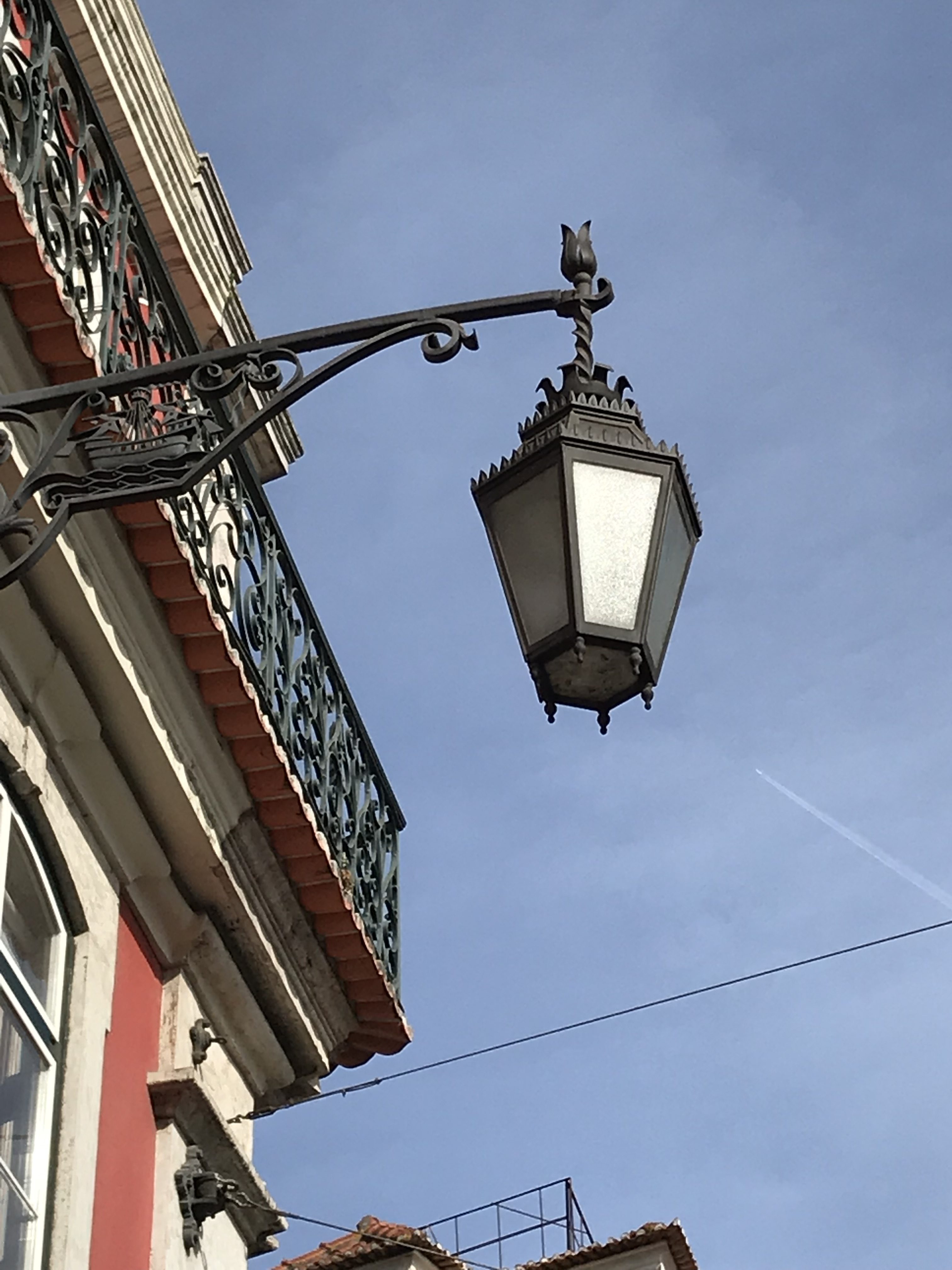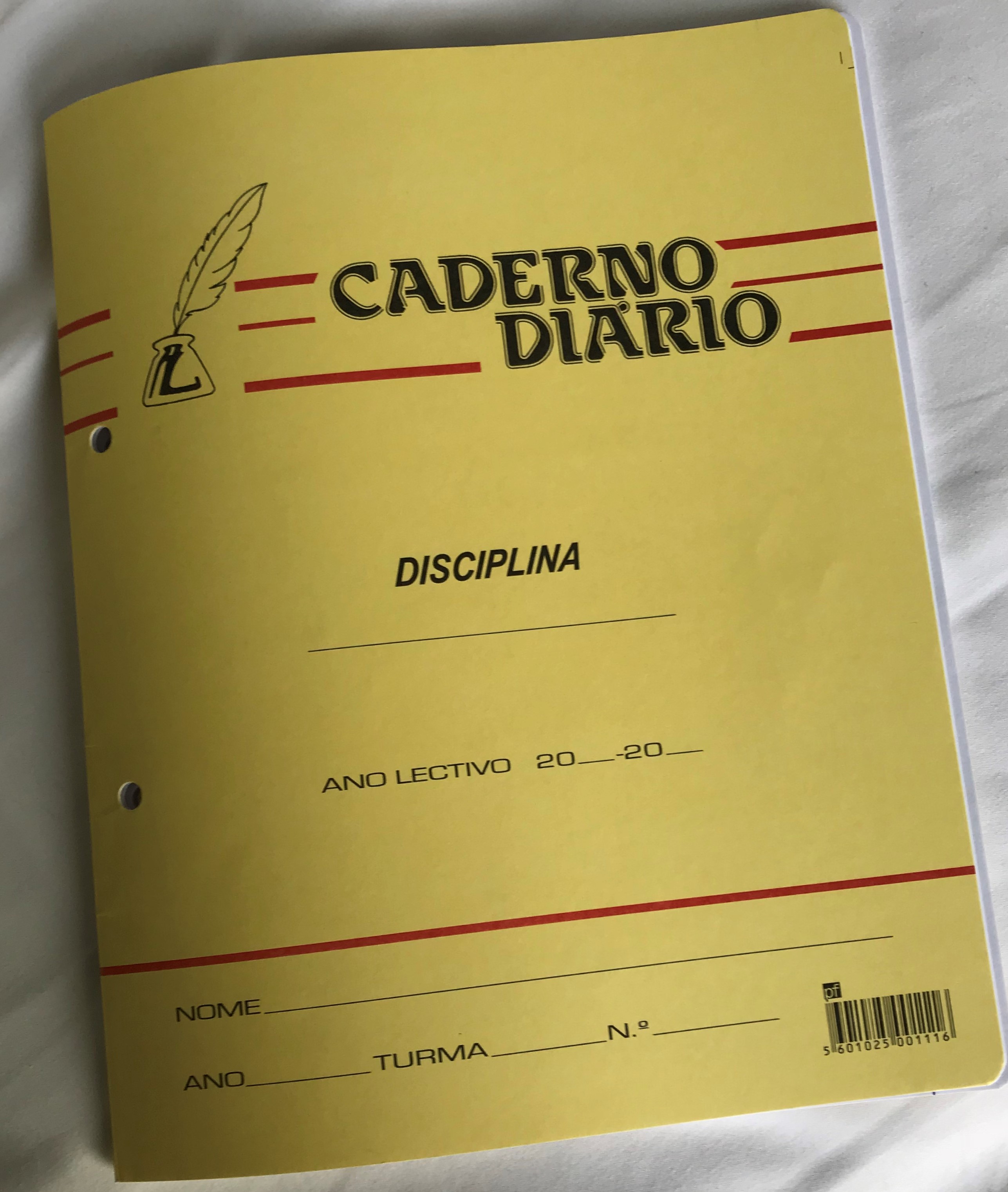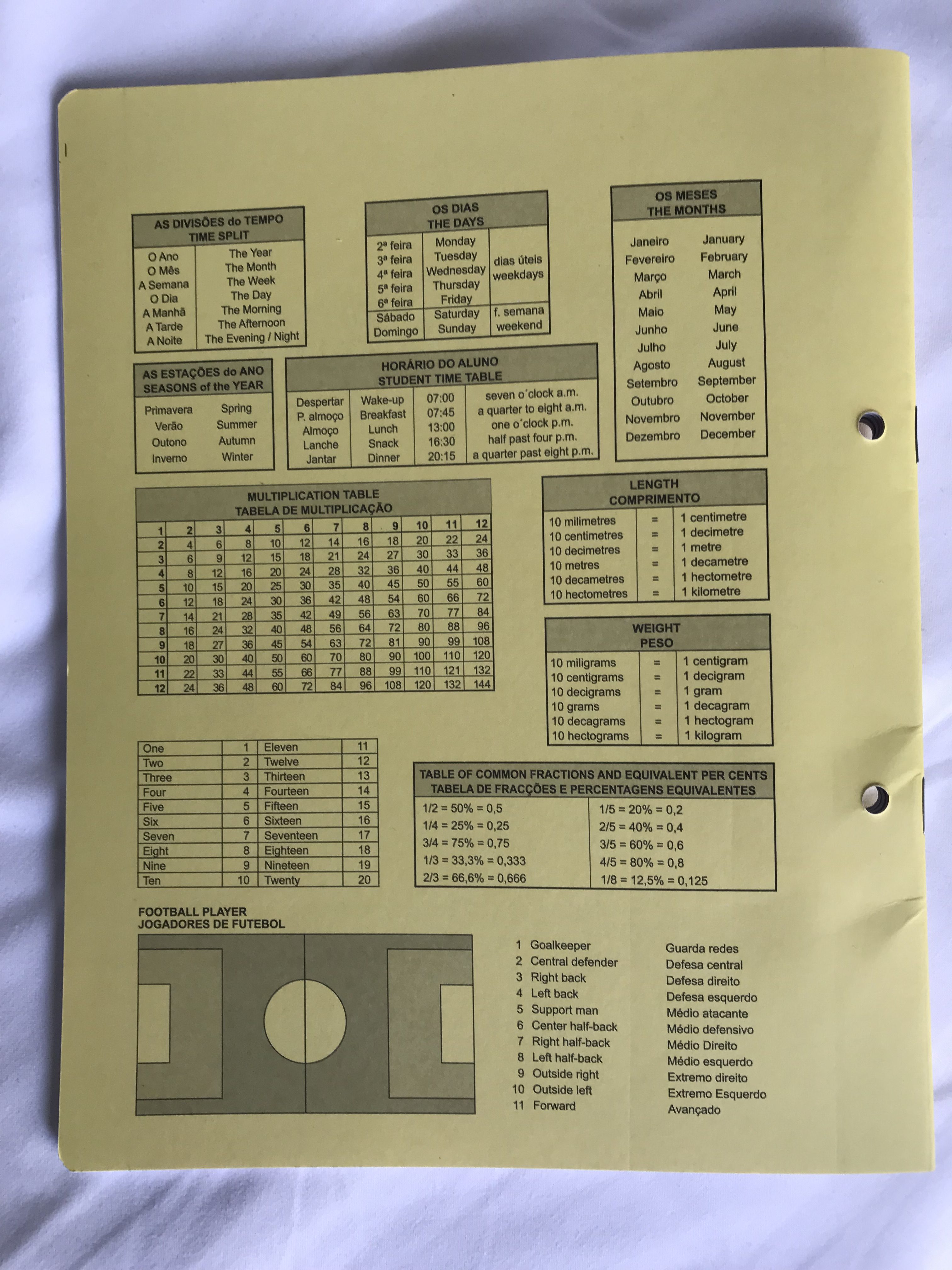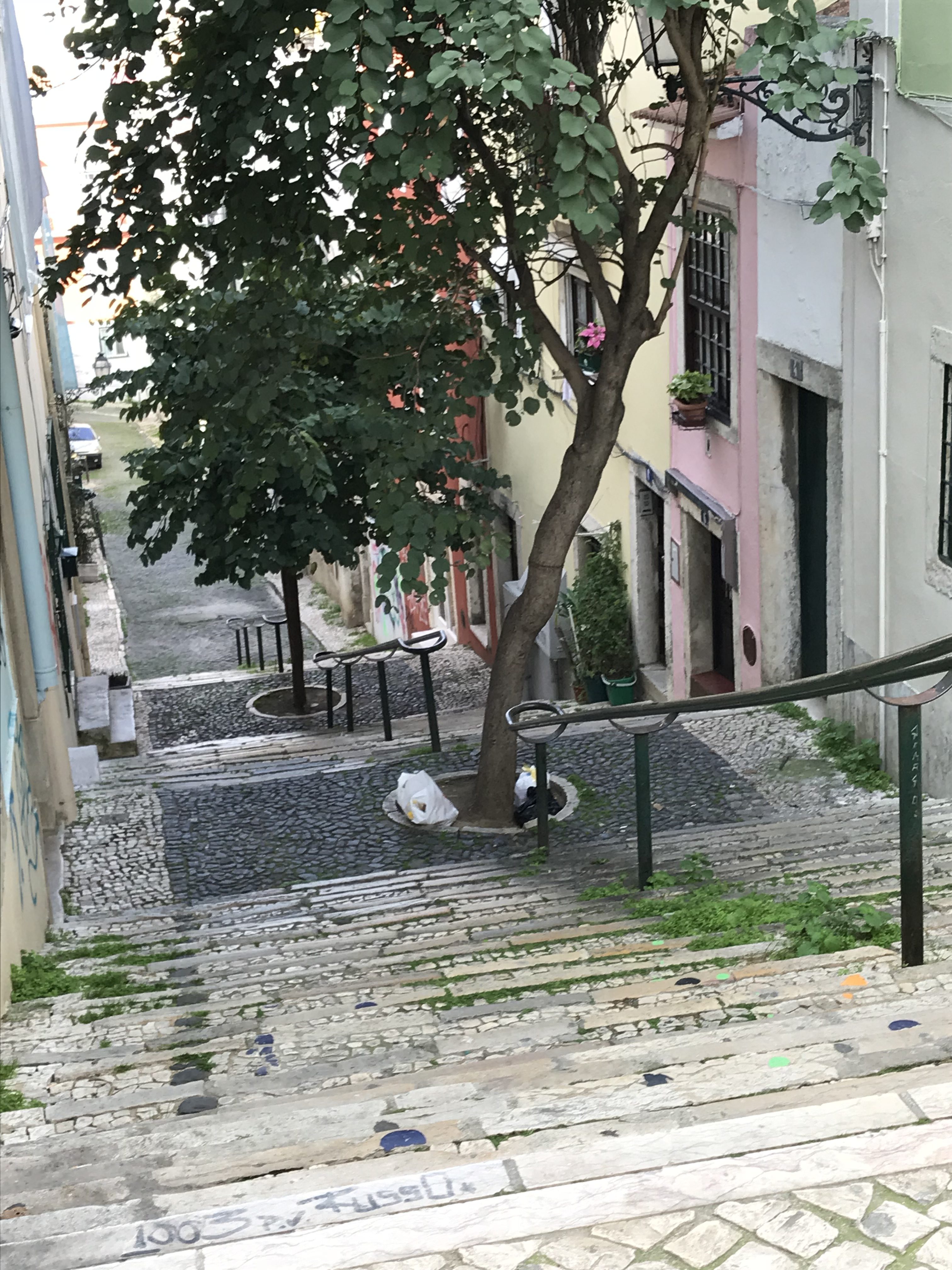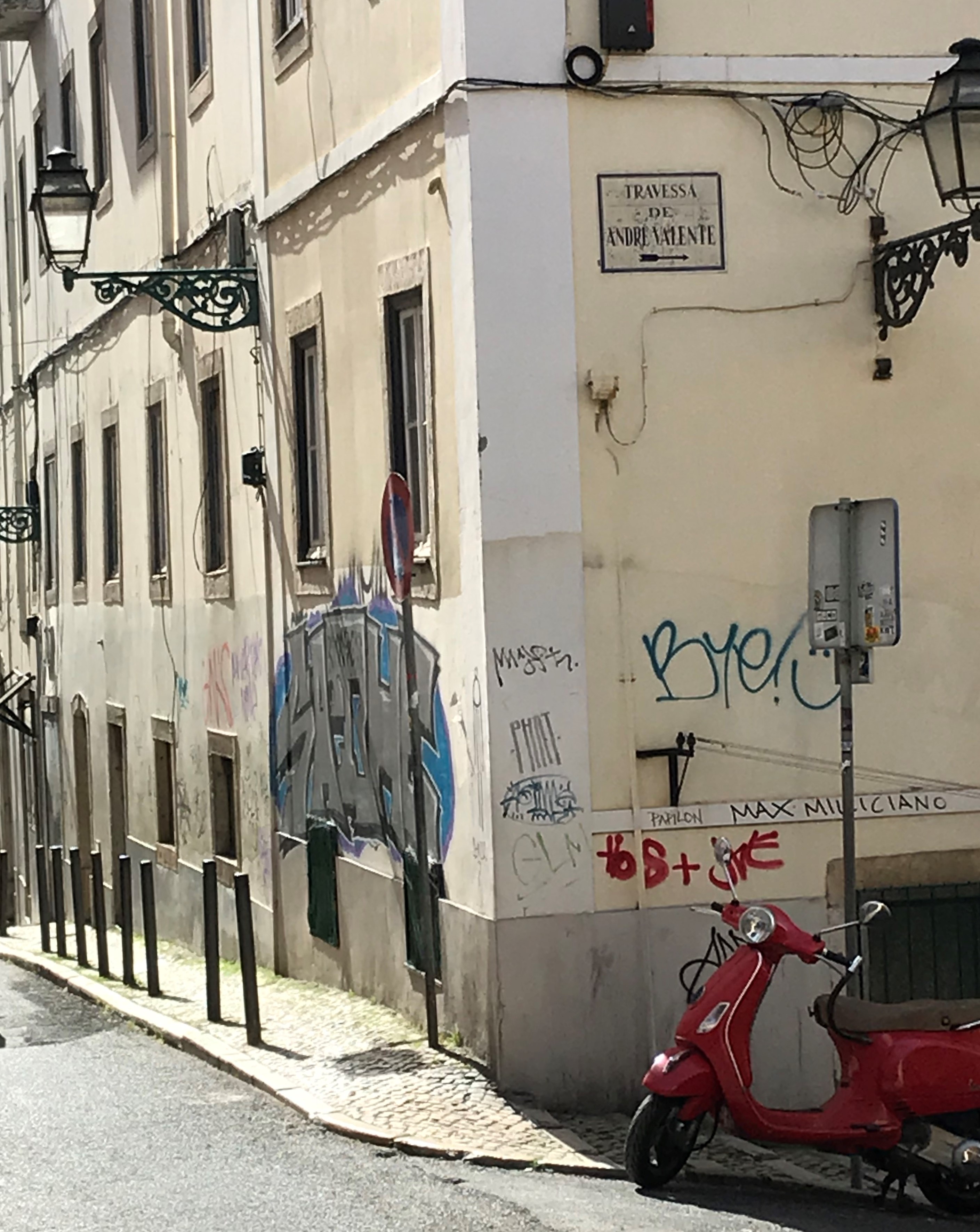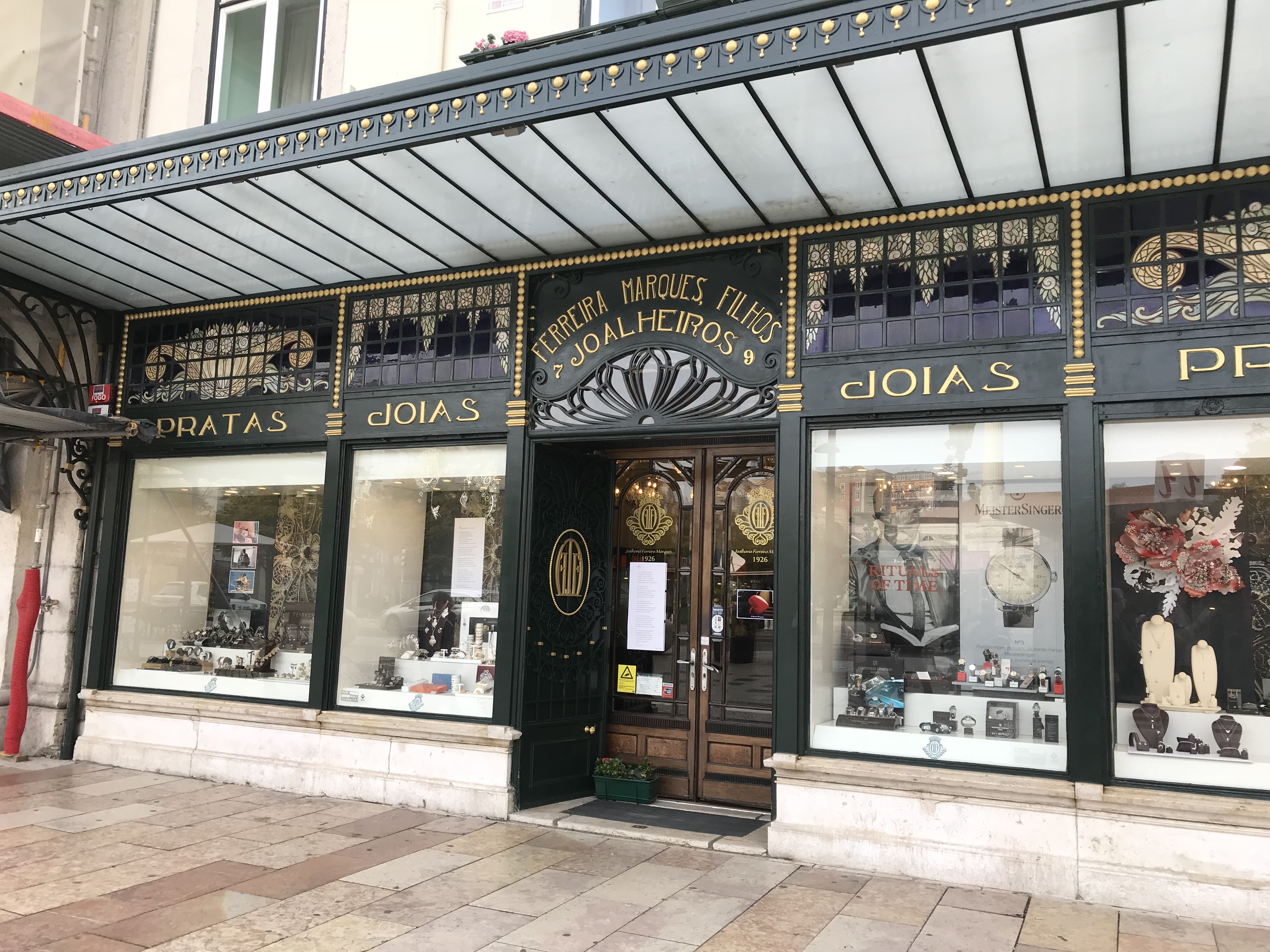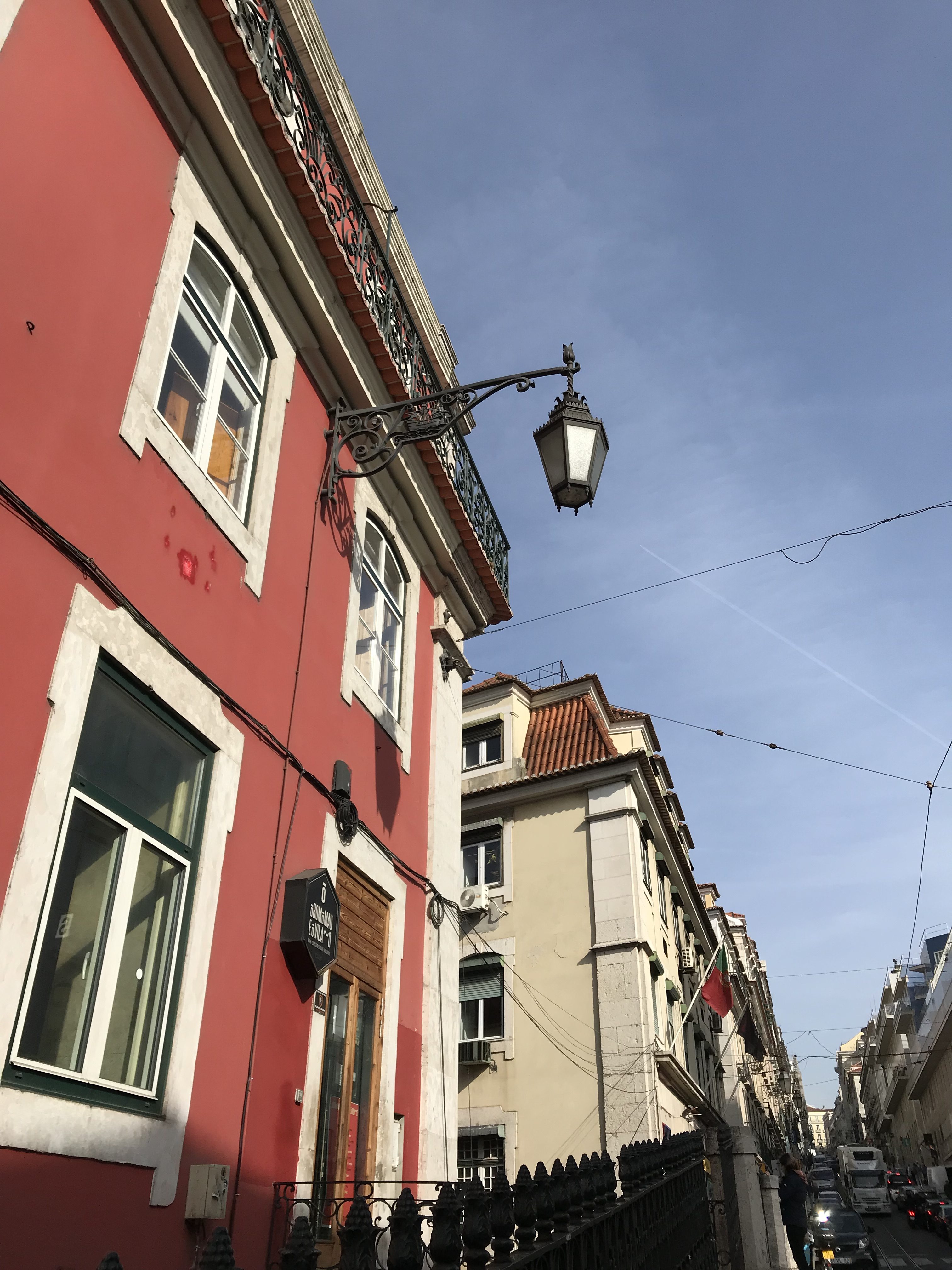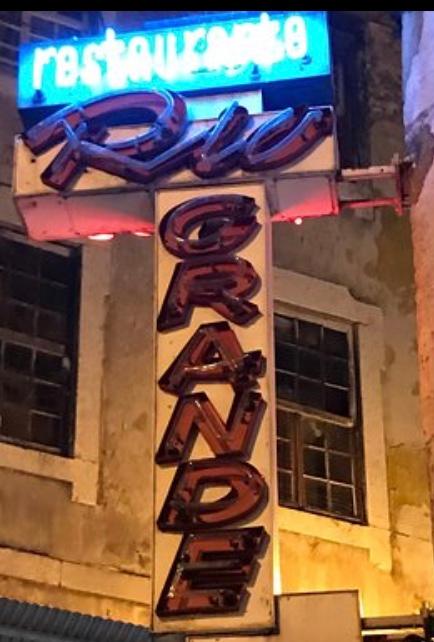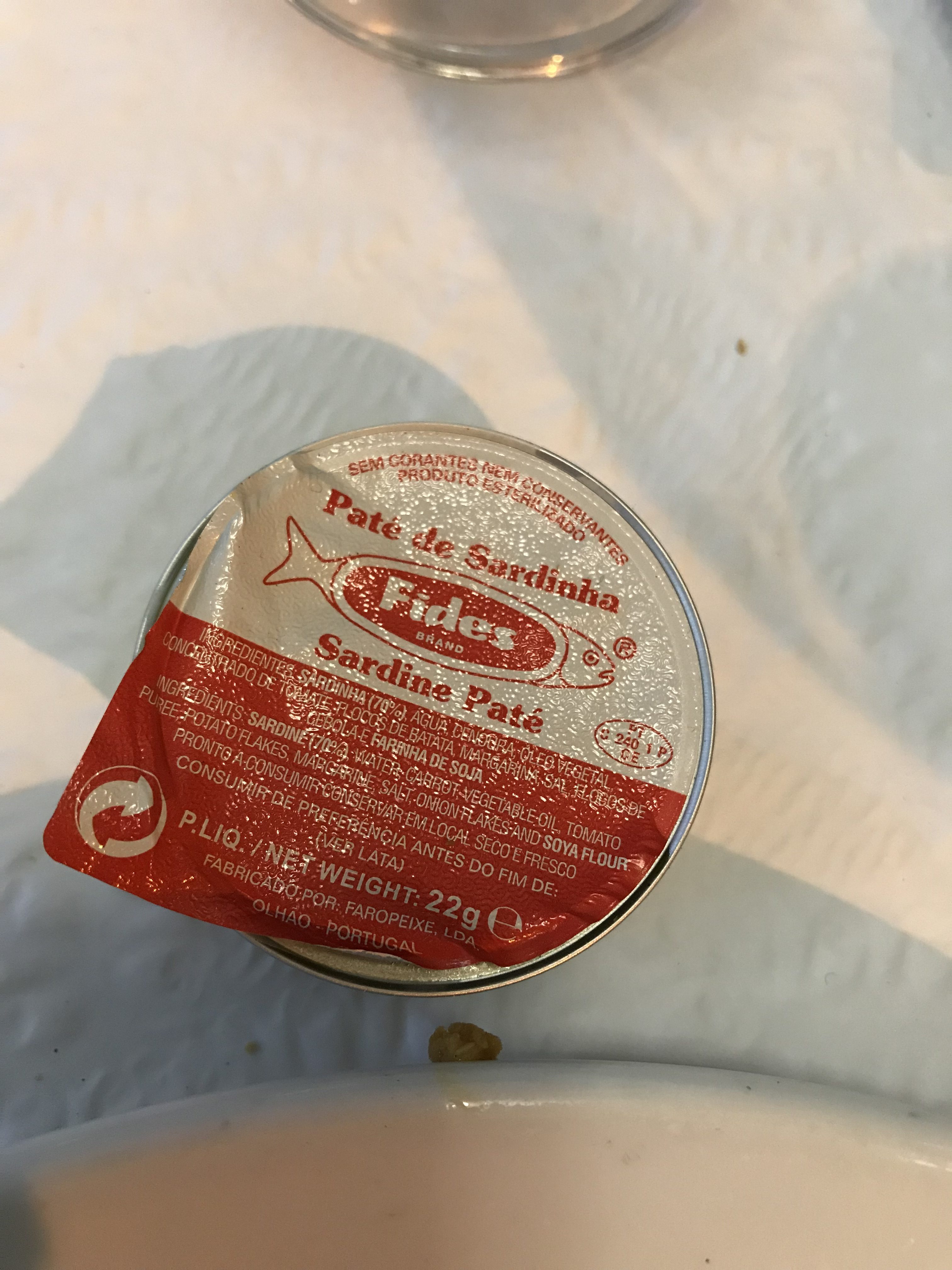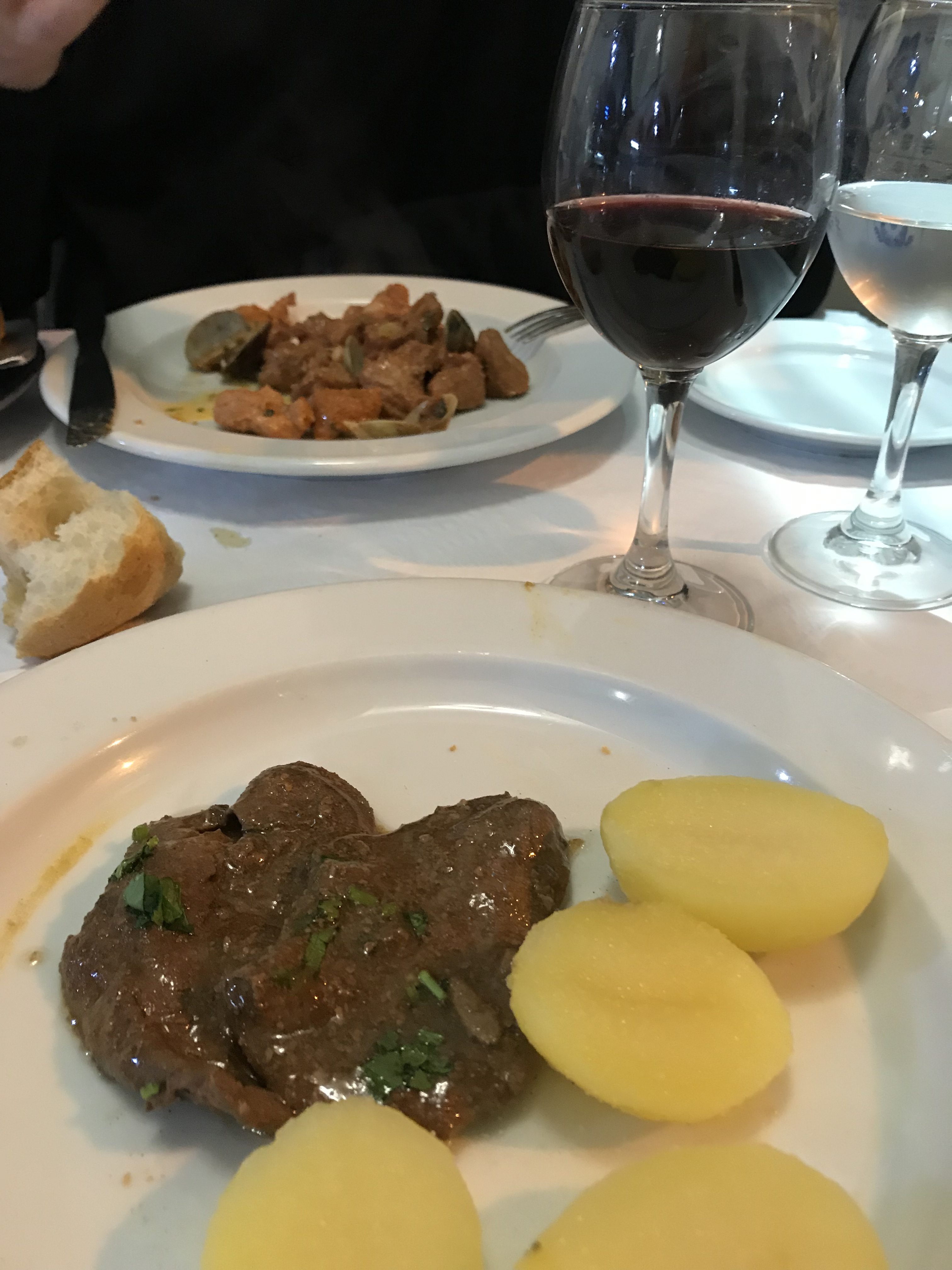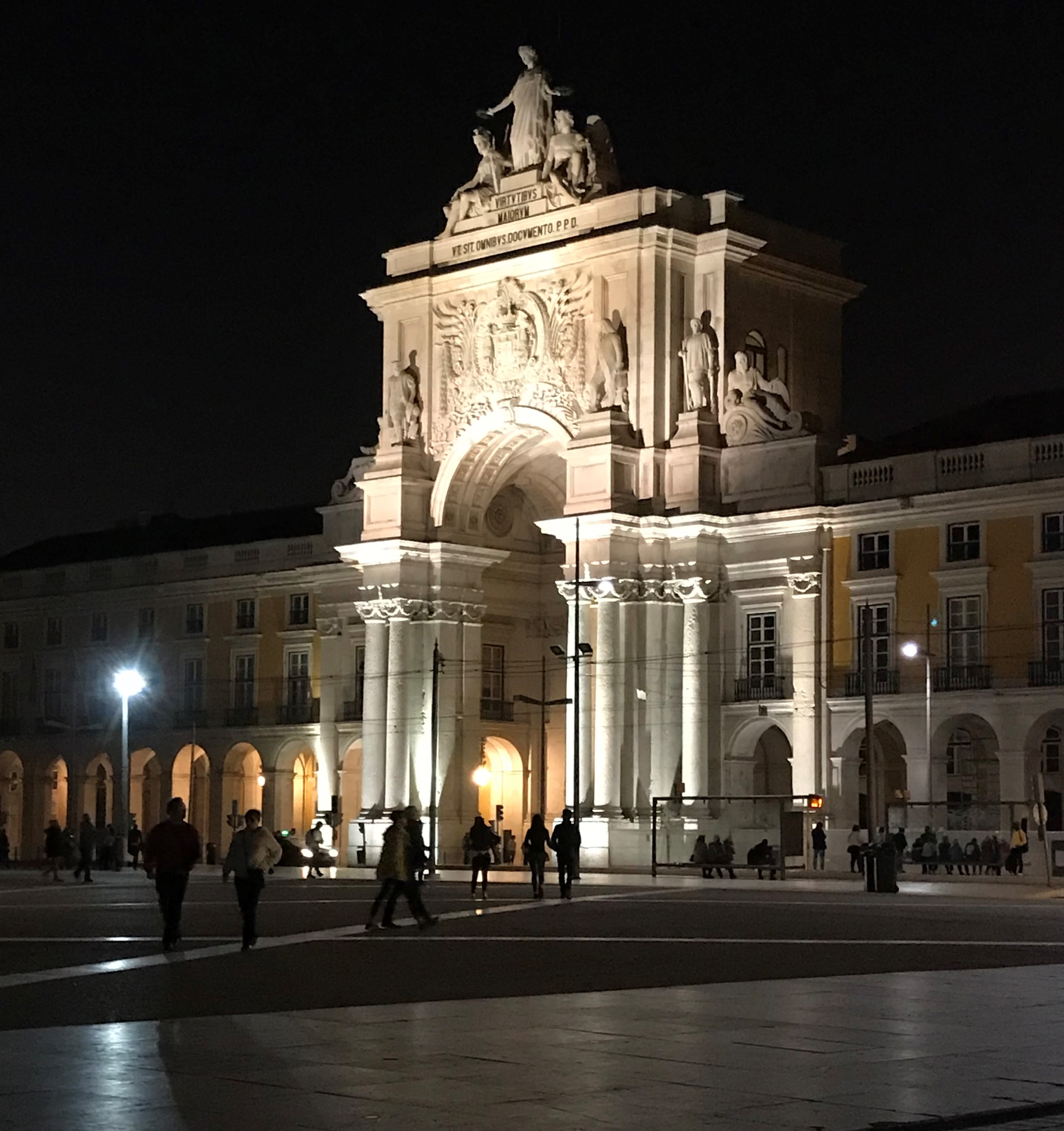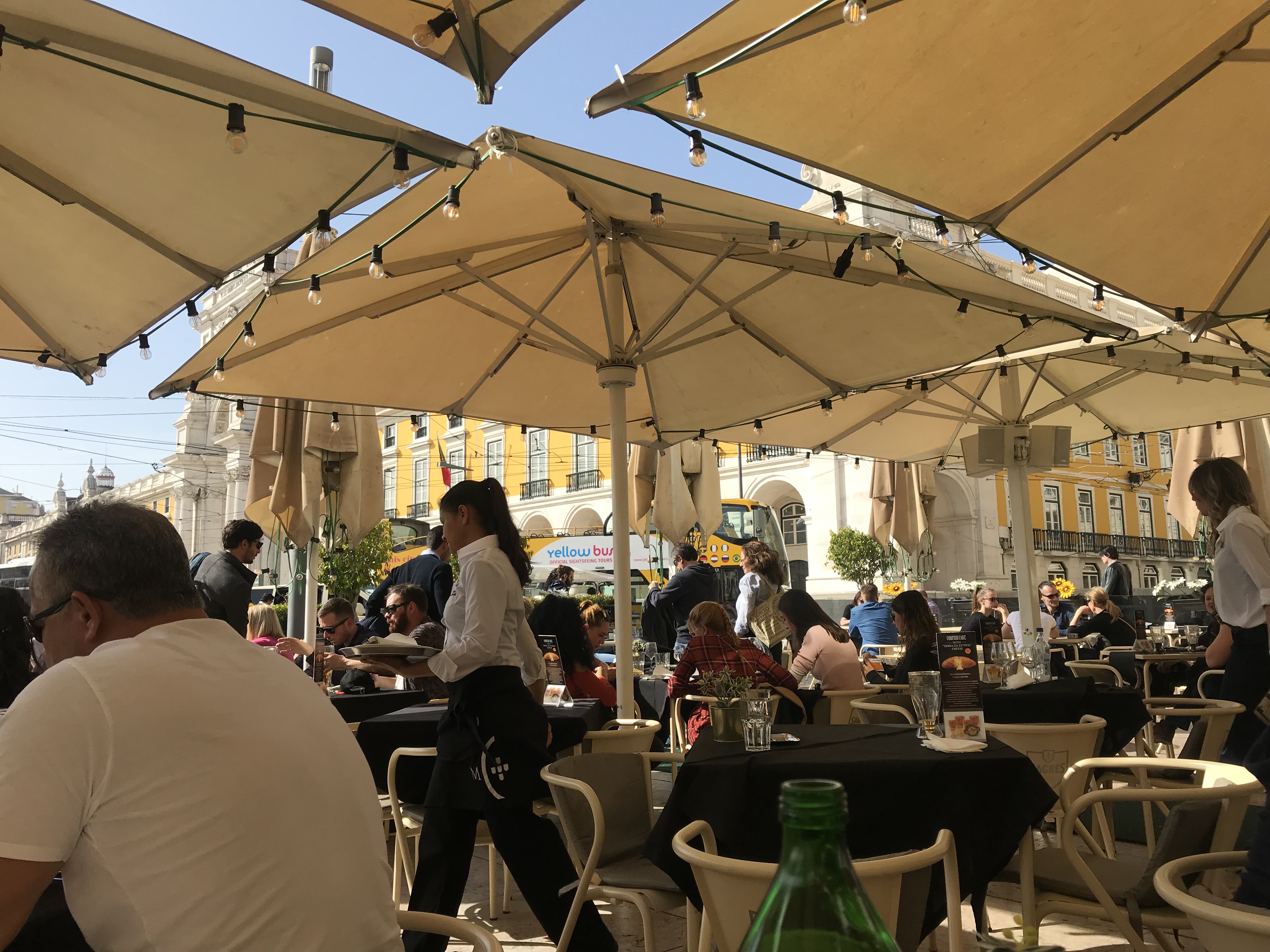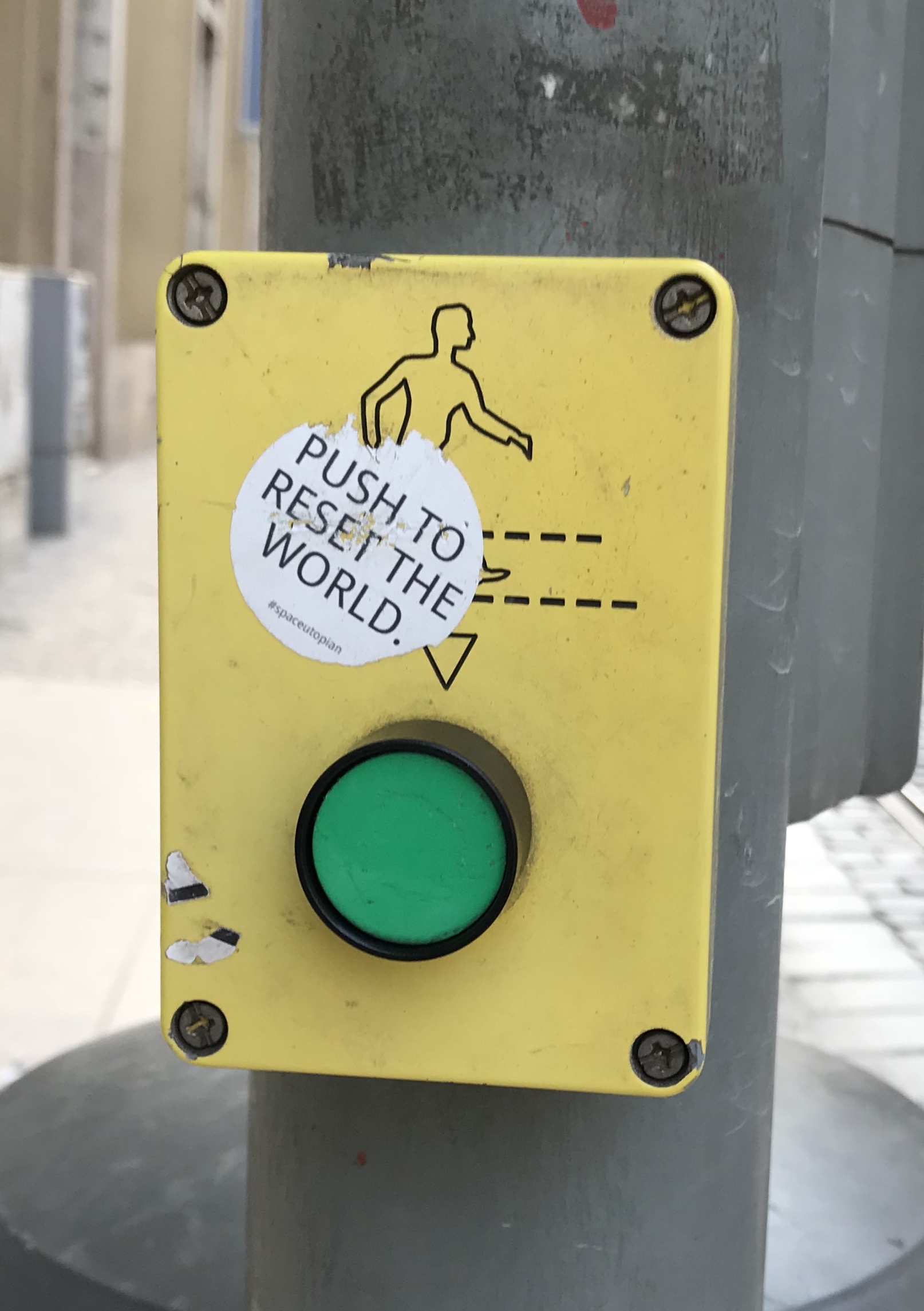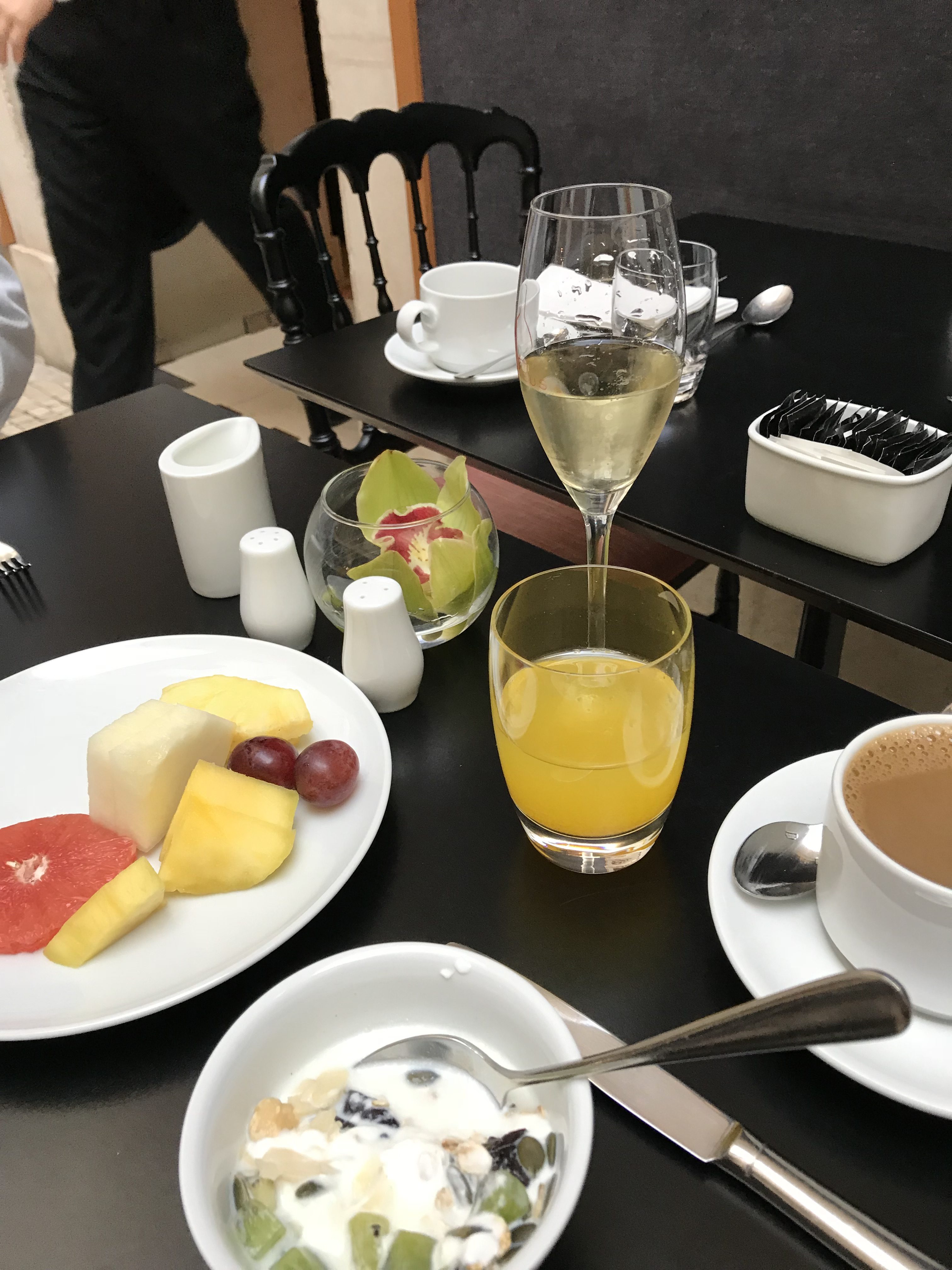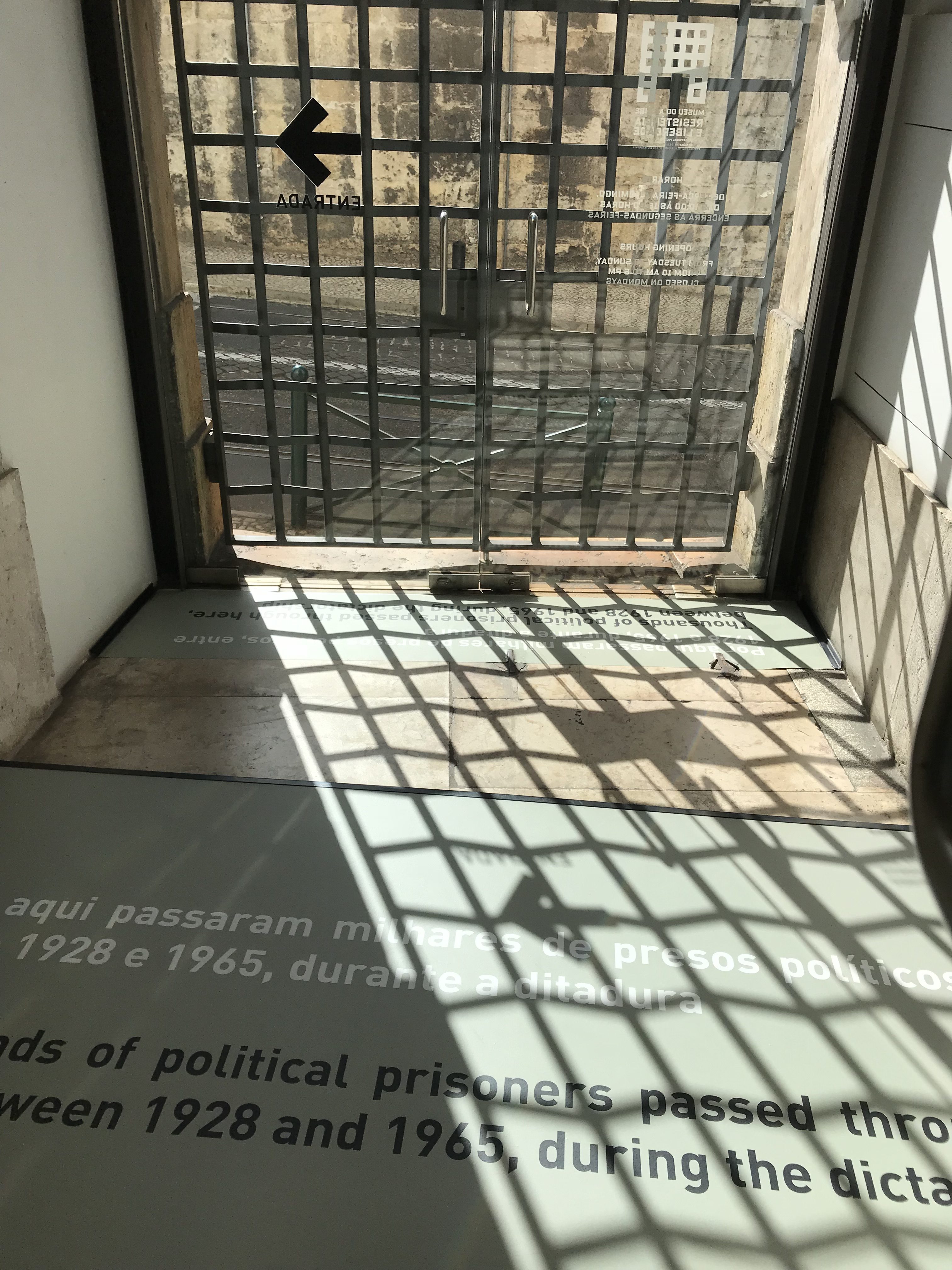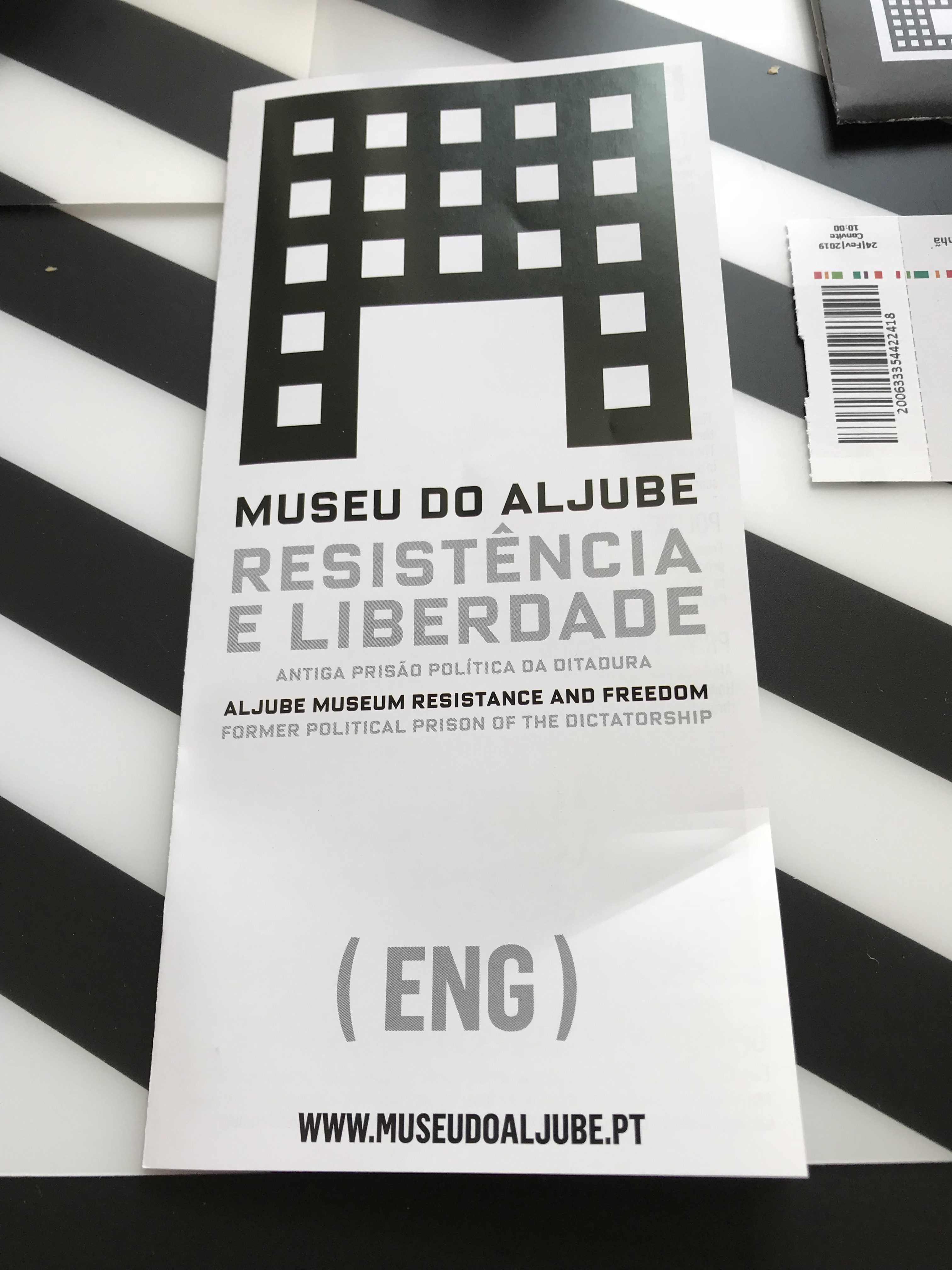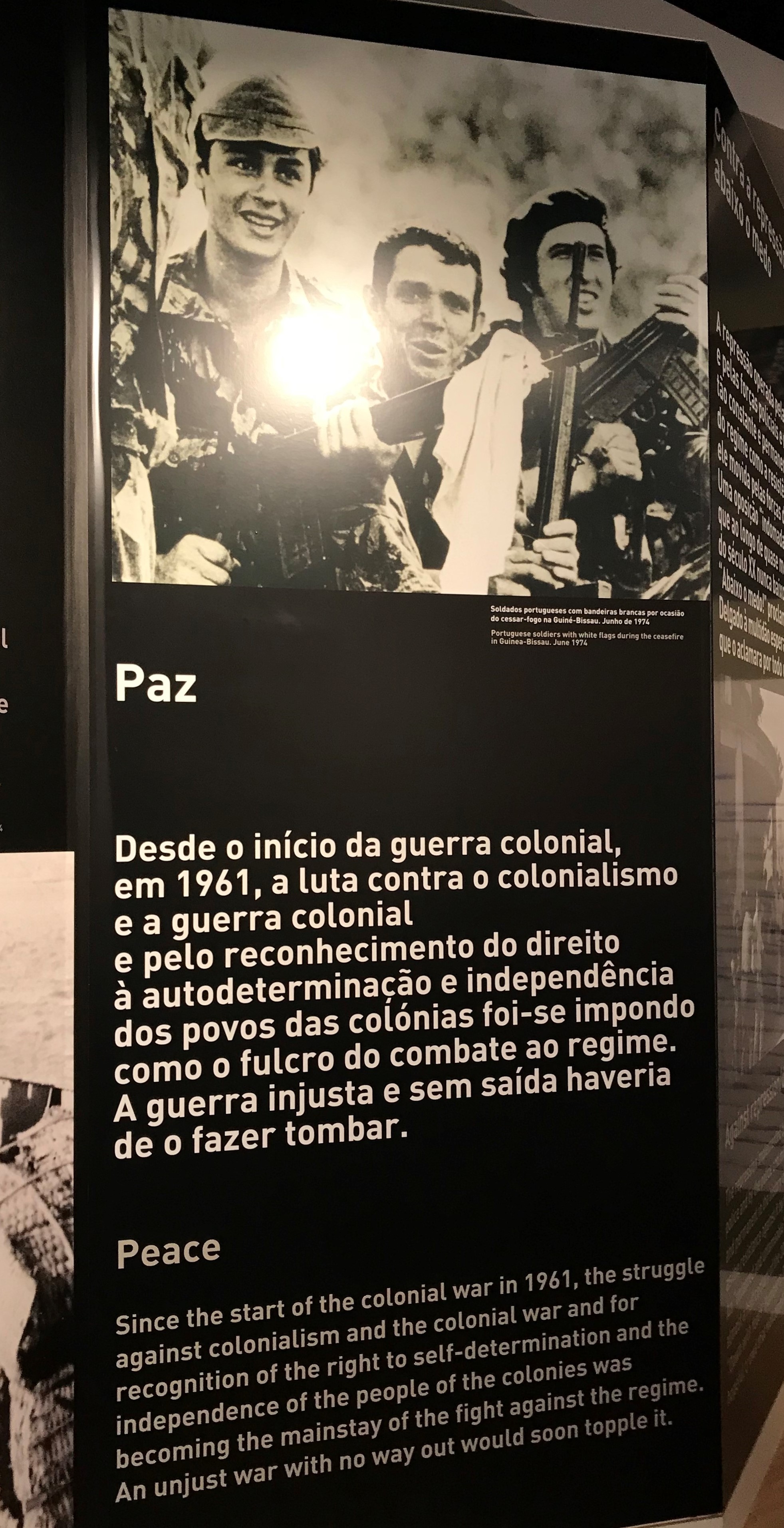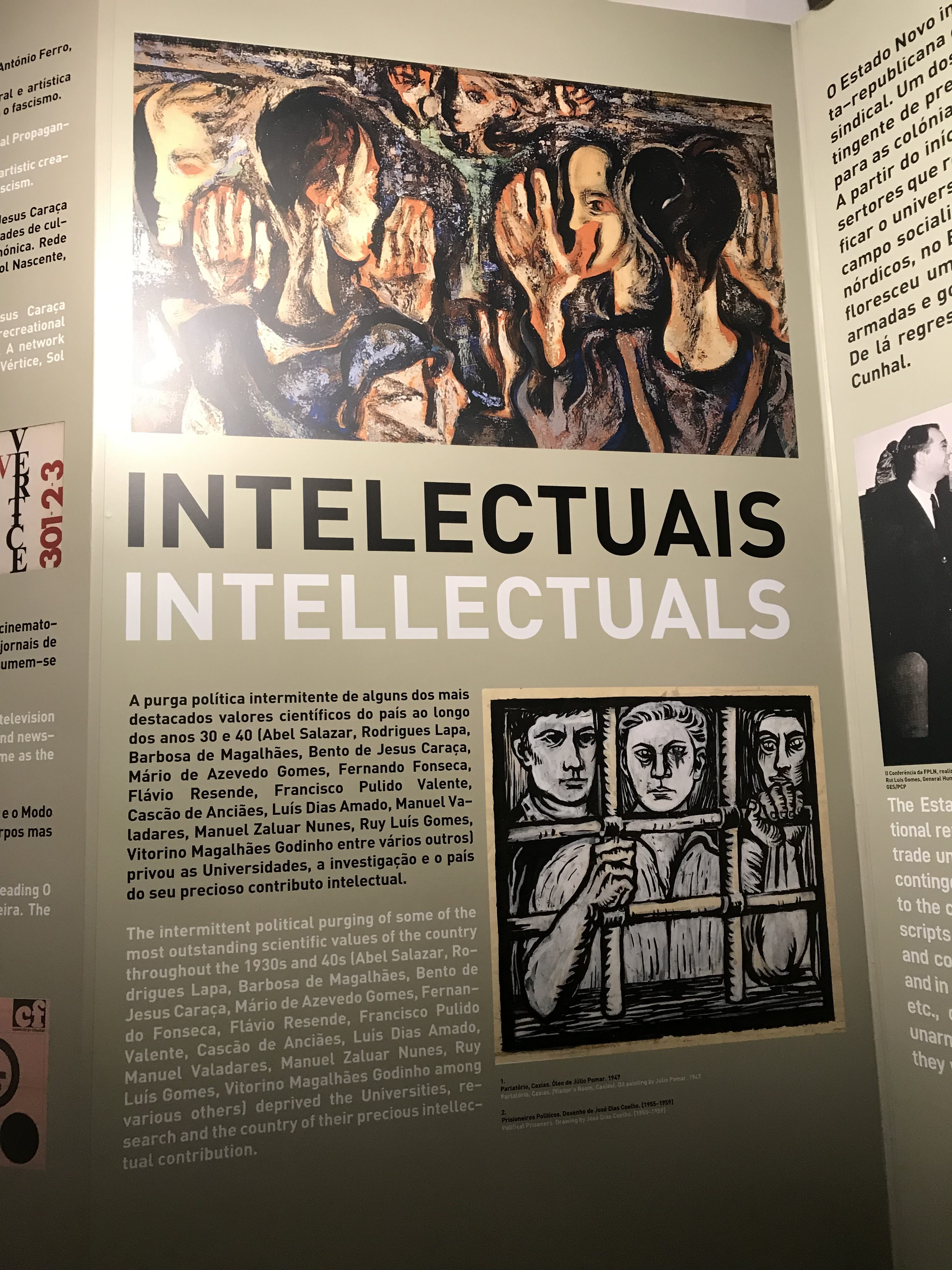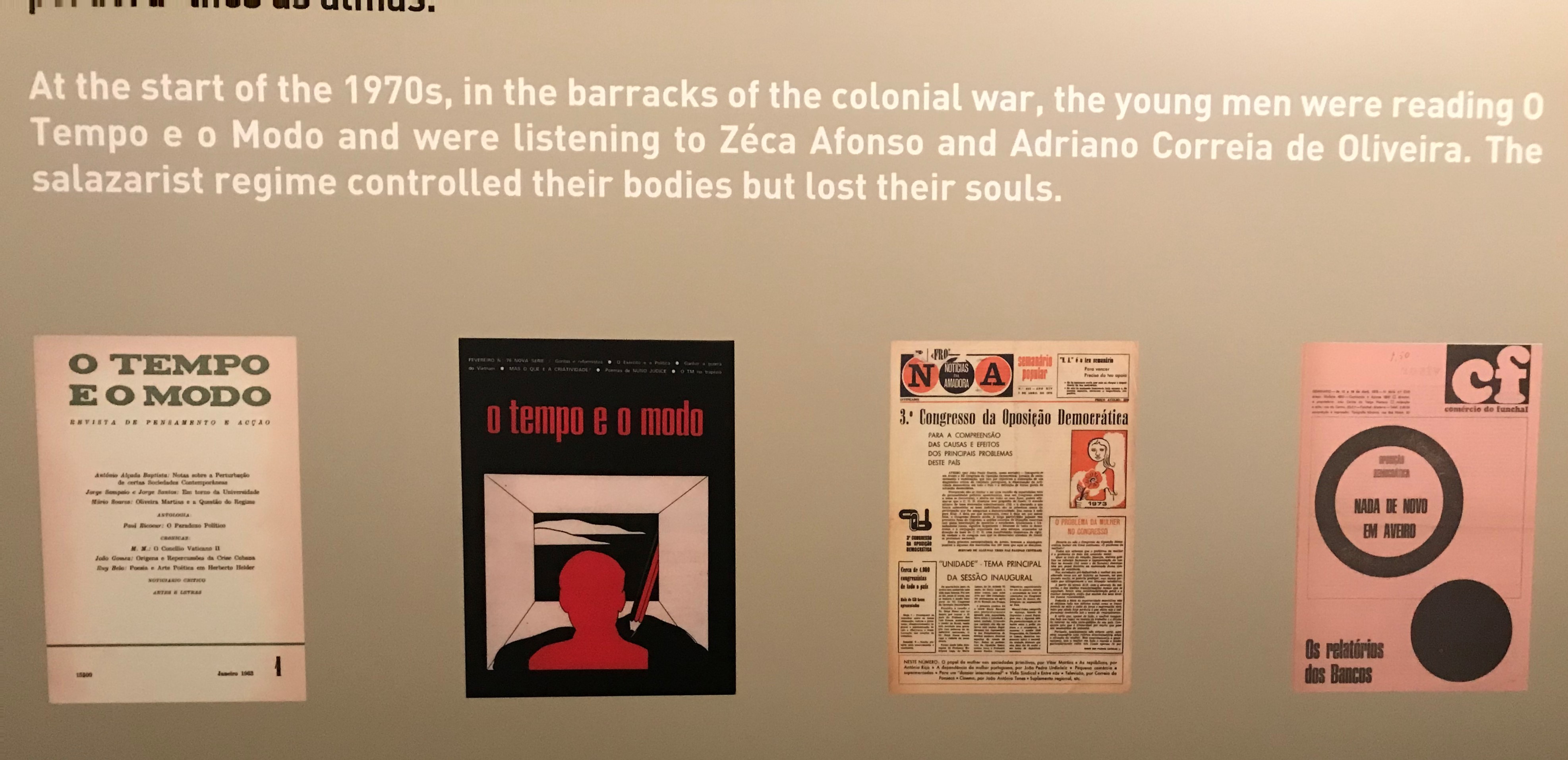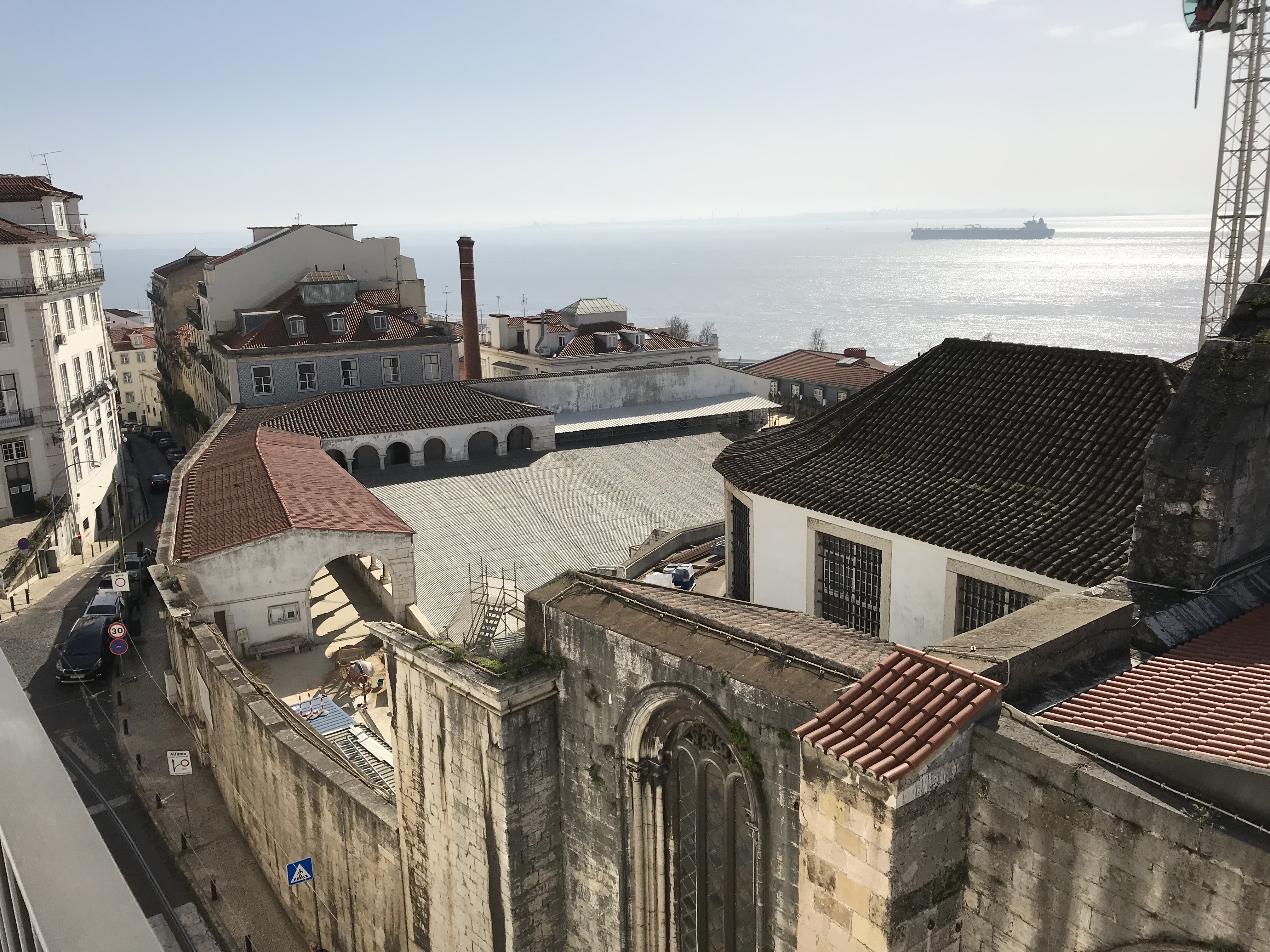Letter 3 to Susan
Saturday afternoon 3.30pm
As we walked along the road this morning we passed one of those shops that always used to fill me with delight and anticipation – a stationery shop. I so rarely write letters these days that I don’t go into them (having said that I found a lovely shop on Holloway Road just before Christmas where I spent a giddy 20 minutes floating past shelves of tissue paper and crepe papers and intricate clever Christmas cards and envelopes.) Anyway – this morning I drifted in – being still in epistolary mode and looked for writing paper. There were no pads at all, just sheets of paper that you bought individually – but they were all thick, stiff, luridly coloured and the man said, no they didn’t have pads. So I bought this exercise book – entitled worryingly ‘Disciplina’ – because I liked the lines down the side. And some cheap envelopes and some pretty coloured paper bags.
Then we walked up to the tower, Elevador de Santa Justa, that the student of Gustave Eiffel designed. It looked interesting – like an ornate high lift.
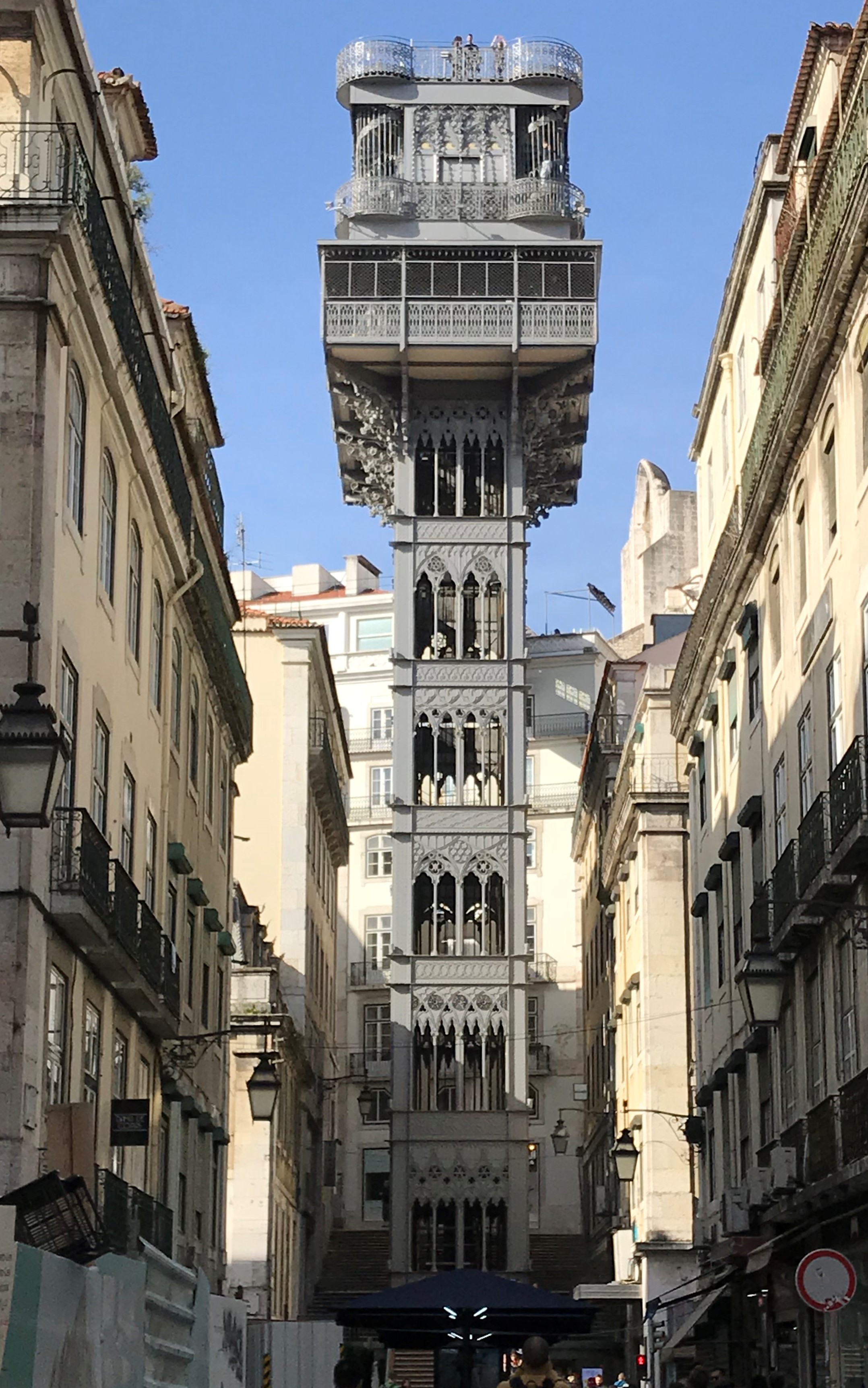 You shoot to the top apparently and there’s a café and a monastery and you look out over the roofs of Lisbon and then you come down – but there was an enormous queue – so we looked at it for a few seconds and walked on.
You shoot to the top apparently and there’s a café and a monastery and you look out over the roofs of Lisbon and then you come down – but there was an enormous queue – so we looked at it for a few seconds and walked on.
When we first arrived we were walking around quite aimlessly, knowing nothing, up and down cobbled hills lined with small old houses, some streets were very pretty but much of it was depressing – crumbling walls, peeling paint and so much graffiti, a lot of it just scribble, some old and faded, like a mess of old tattoos.
But then we did the guided bus tour and drove through business areas, modern glass and steel, wonderful art deco and art nouveau buildings, and beautifully tended green parks.
Even the old prison was pretty – it was pink!
Doubtless quite horrible inside. Apparently Portugal was the first country to ban capital punishment and the prison was built to house long-term serious offenders. And in front of the heavy wooden doors was a straggle (as outside jails all over the world) of tired women waiting to see sons, husbands, dads, lovers. As D Trump might say, ‘SAD.’
Last night we went to a small restaurant we’d noticed in the morning. From the outside it looked fairly unprepossessing – but inside it had the neat look of a 1950s cafeteria. When we got there last night, half of the neon sign was lit up. ‘Restaurant’ it said, but ‘Rio Grande’ – its name – was still dark and unlit.
We began with the usual starters, where various items are brought to the table and you eat (and pay) for what you want, and don’t pay for what you leave. We had sardine pate which was quite delicious and then C had Porco a Alentejana – pork and clams – a local speciality, and I had liver, as a result of little Portuguese and little English and a bit of pointing. Washed down with house red it was a great meal.
But again Lisbon is so strange – so many of the buildings are crumbling and dilapidated – but on ground level there are sparkling shiny bars and shops. And then, like in the picture below, in the daytime a street maybe grey and empty and covered in graffiti,
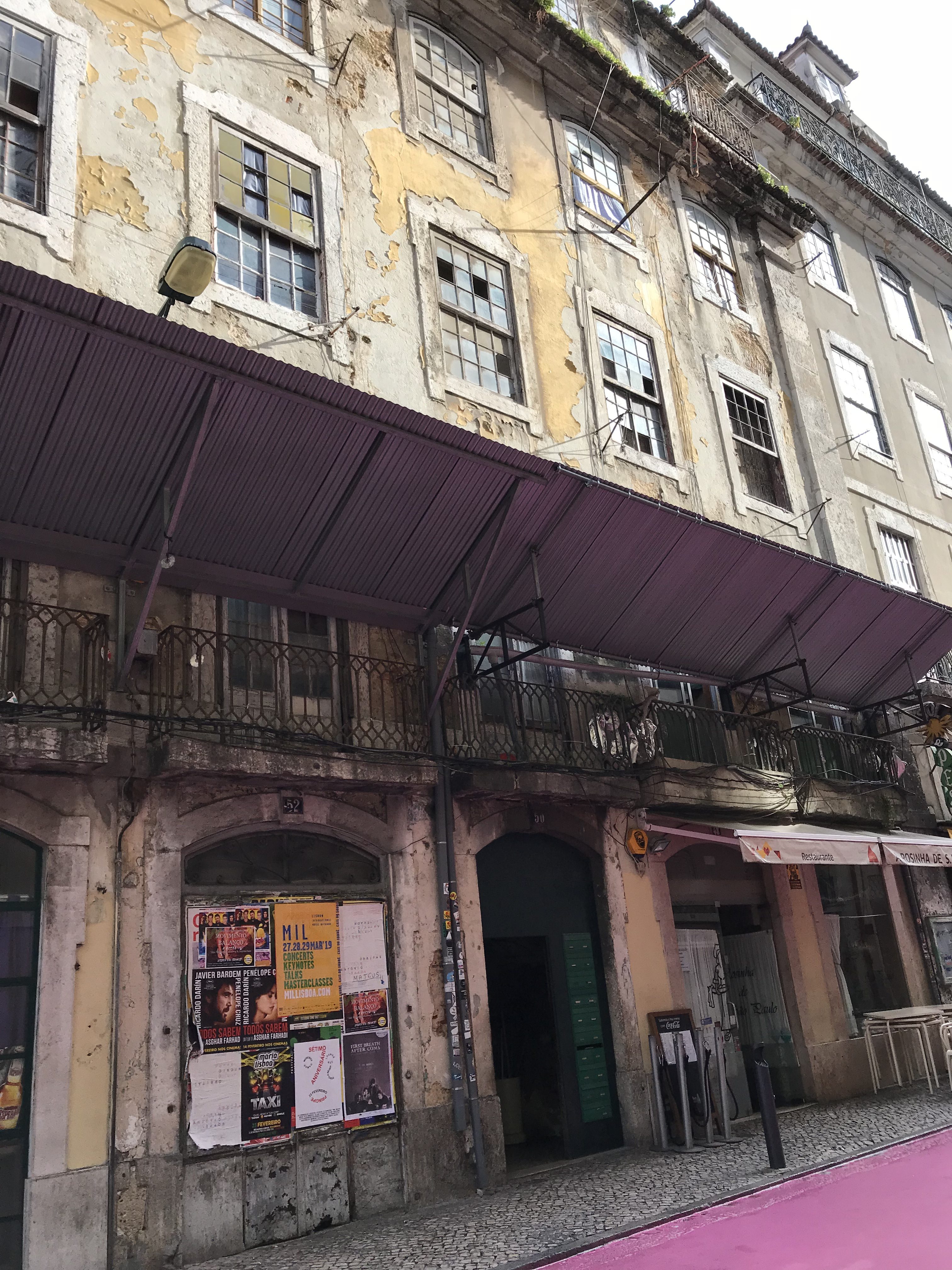 and then at night, in the dark, it was humming! This was just across the road from the Rio Grande and as we were eating hosts of dressed up people wandered past on their way to clubs and restaurants, Fado, the cinema and who knew what else.
and then at night, in the dark, it was humming! This was just across the road from the Rio Grande and as we were eating hosts of dressed up people wandered past on their way to clubs and restaurants, Fado, the cinema and who knew what else.
We’ve had a great time, lots of walking, lots of looking, and we’ve drunk coffee – in fancy places with Art Nouveau, on small quiet terraces with blazing sun (it’s February!) and tea with hot milk amid heaving crowds of tourists.
But city breaks are tricky. You rush from one thing to another so you’ve ‘done’ everything and it’s exhausting and you don’t get to really know anywhere. But with the increasing size of my Portuguese vocabulary, and being deep in Small Death in Lisbon I’d like to come back and do some more exploring.
This morning we discovered that part of the buffet breakfast is champagne! So tomorrow, as our last hurrah – we shall go for the sparkling wine and get slaughtered before we leave for the airport.
Sunday morning
A clearly sensible breakfast but note the sparkling wine.
We went for a last walk round to the east of the town, wandering along the bank of the river and then climbing up and up. There quite by accident we found the Museu do Aljube Resistencia e Liberdade, Resistance and Liberty. And because it was Sunday morning we got in free. It was a wonderful museum, set in an old prison, where political prisoners were brought.
It was moving and powerful, recounting the story of Salazar’s regime (1932-68), in Portugal and in the Portuguese colonies, and then the Carnation Revolution which ended the regime (by then under the leadership of Marcello Caetano) on 25 April 1974. It was called the Carnation Revolution because almost no shots were fired and carnations were put in the muzzles of guns.
It was great to have found the Museum – it wasn’t mentioned in our guide book (bought the week before our visit). And there was a lovely cafe at the very top of the building with this extraordinary view.
Time to go home. I haven’t mentioned the Portuguese love of cinnamon (in the cafe at the Museum there were packets of cinnamon sticks to, I assume, stir in your coffee) nor have I talked about how easy it is to mistake pumpkin jam for apricot jam – it’s too tragic.
Here endeth the third letter.
Liz x

